Filter by
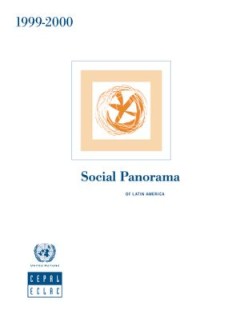
Social Panorama of Latin America 1999-2000
The 1999-2000 edition of the Social Panorama of Latin America examines the growing social vulnerability of the population, the main features of the pattern of occupational stratification associated with newly emerging modes of development, the living conditions of children and adolescents and of older adults, which are two particularly vulnerable groups, and the institutional and social implica…
- Edition
- -
- ISBN/ISSN
- 9789213633816
- Collation
- -
- Series Title
- -
- Call Number
- 650
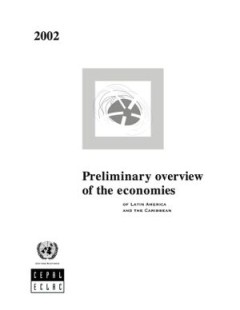
Preliminary Overview of the Economies of Latin America and the Caribbean 2002
This document contains an analysis of and statistics on the economic performance of the region as a whole and of individual Latin American and Caribbean countries in 2002. It shows a 0.5% decline in regional economic activity, leading to a fall in per capita gross domestic product below 1997 levels and thus completing half a lost decade" for the region as a whole. South American economies, part…
- Edition
- -
- ISBN/ISSN
- -
- Collation
- -
- Series Title
- -
- Call Number
- 650
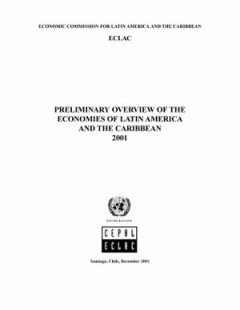
Preliminary Overview of the Economies of Latin America and the Caribbean 2001
The severe slowdown in the world economy in 2001 cut short the recovery that had begun in 2000 and dashed hopes that Latin America and the Caribbean were about to embark upon a new growth cycle. Unlike the crises of the 1990s, which were confined to a limited group of countries, the slowdown of 2001 engulfed the region as a whole. The impact of the adverse international environment impinged upo…
- Edition
- -
- ISBN/ISSN
- -
- Collation
- -
- Series Title
- -
- Call Number
- 650
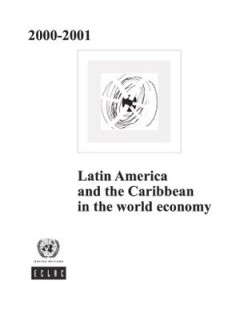
Latin America and the Caribbean in the World Economy 2000-2001
The 2000-2001 edition of Latin America and the Caribbean in the World Economy is divided into three sections. The first section (chapters I,II and III) examines the international situation and international trade activity in Latin America and the Caribbean. It describes the main trends in the international economy and their impact on the economies of the region and looks at the international tr…
- Edition
- -
- ISBN/ISSN
- -
- Collation
- -
- Series Title
- -
- Call Number
- 650
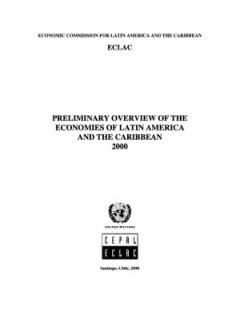
Preliminary Overview of the Economies of Latin America and the Caribbean 2000
The Preliminary Overview of the Economies of Latin America and the Caribbean is prepared annually by the Economic Development Division in collaboration with the Statistics and Economic Projections Division, the ECLAC subregional headquarters in Mexico and Port of Spain and ECLAC national offices in Argentina and Brazil.
- Edition
- -
- ISBN/ISSN
- 9789211557879
- Collation
- -
- Series Title
- -
- Call Number
- 650
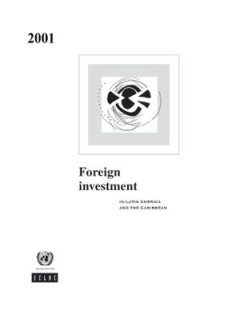
Foreign Investment in Latin America and the Caribbean 2001
Foreign direct investment (FDI) flows to Latin America and the Caribbean dwindled for the second year in a row in 2001, and preliminary data for 2002 show no signs of a recovery. This trend was observed in both greenfield investment and mergers, acquisitions and privatizations. The investments announced by transnational corporations (TNCs) for the coming years remain concentrated in the service…
- Edition
- -
- ISBN/ISSN
- 9789213633663
- Collation
- -
- Series Title
- -
- Call Number
- 650
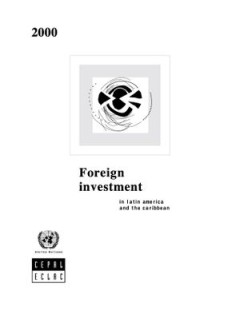
Foreign Investment in Latin America and the Caribbean 2000
This study seeks to provide greater insight into foreign direct investment (FDI) in Latin America and the Caribbean. A corporate strategy-based analytical framework has been used to interpret the copious yet heterogeneous information available on the subject. The research programme employed by the Unit on Investment and Corporate Strategies is structured around the examination of specific situa…
- Edition
- -
- ISBN/ISSN
- -
- Collation
- -
- Series Title
- -
- Call Number
- 650

Economic Survey of Latin America and the Caribbean 2001-2002
The present edition of the Economic Survey of Latin America and the Caribbean, annual publication that appears every year since 1948, consists of three parts and one statistical appendix. The first part of the Survey covers the main aspects of the regional economy from a sectorial and thematic perspective. Chapter 1 deals with the situation of the first half of 2002 and the prospects for the ye…
- Edition
- -
- ISBN/ISSN
- -
- Collation
- -
- Series Title
- -
- Call Number
- 650
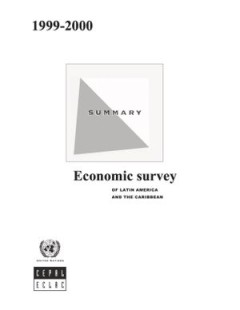
Economic Survey of Latin America and The Caribbean 1999-2000
This summary provides an assessment of the Latin America and the Caribbean region's economy during 1999 and the first half of 2000. It presents an overview of each country's external sector, macroeconomic policy, activity levels, inflation, employment, saving and investment. The publication contains thirteen statistical tables.
- Edition
- -
- ISBN/ISSN
- -
- Collation
- -
- Series Title
- -
- Call Number
- 650
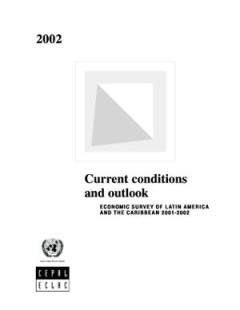
Current conditions and outlook Economic Survey of Latin America and the Cari…
Foreword This publication provides an assessment of the region's economic performance and economic trends during the first half of 2002 and of its prospects for the remainder of the year within the context of the previous year's performance. An analysis is presented of the main aspects of the regional economy -its external sector, levels of economic activity, inflation, employment, saving and i…
- Edition
- -
- ISBN/ISSN
- -
- Collation
- -
- Series Title
- -
- Call Number
- 650
 Computer Science, Information & General Works
Computer Science, Information & General Works  Philosophy & Psychology
Philosophy & Psychology  Religion
Religion  Social Sciences
Social Sciences  Language
Language  Pure Science
Pure Science  Applied Sciences
Applied Sciences  Art & Recreation
Art & Recreation  Literature
Literature  History & Geography
History & Geography